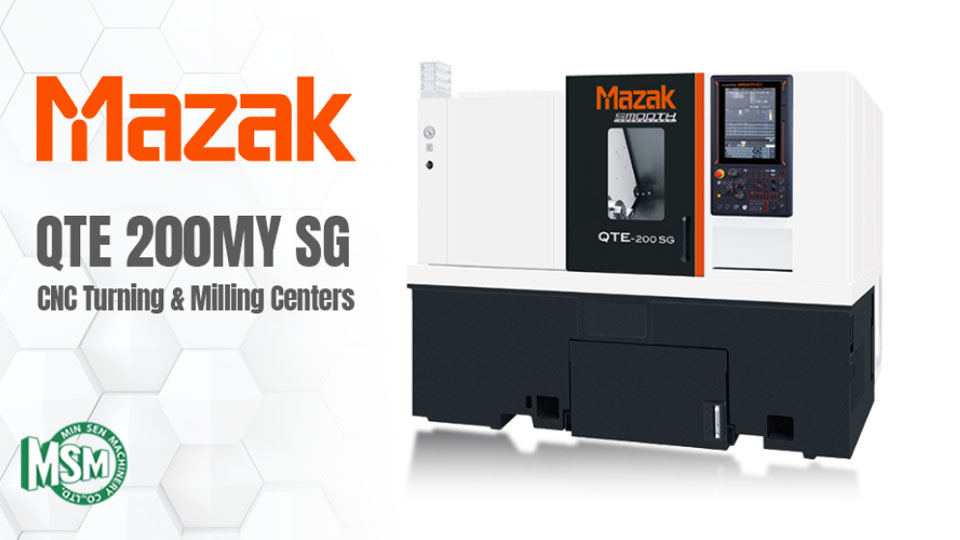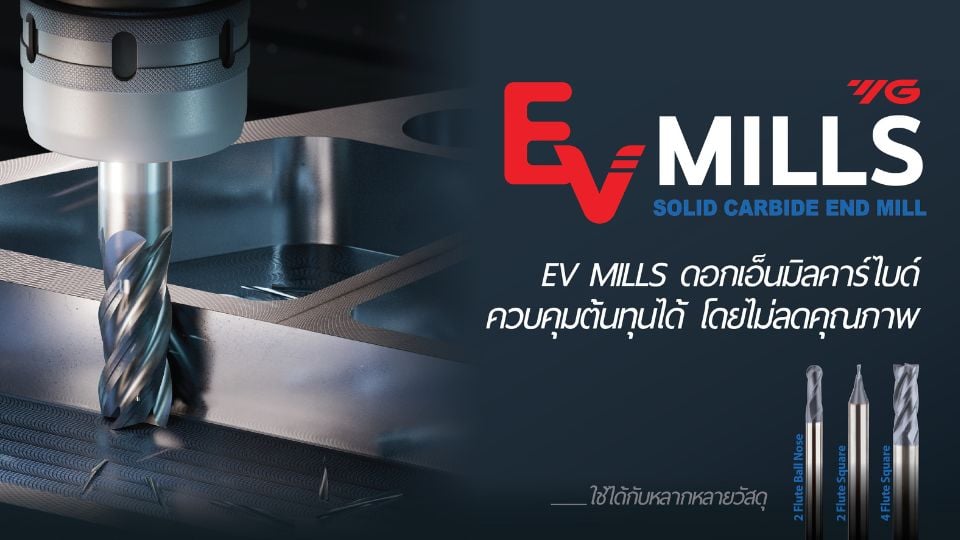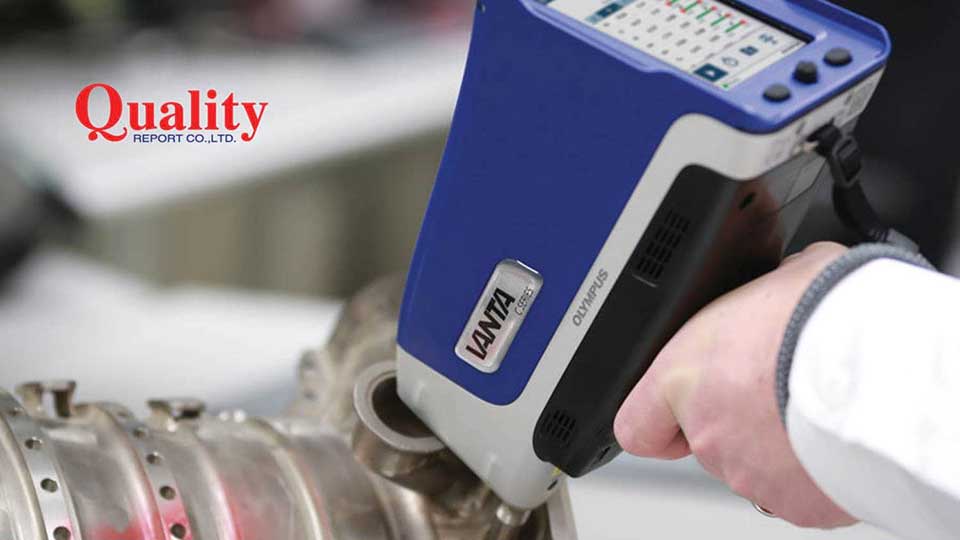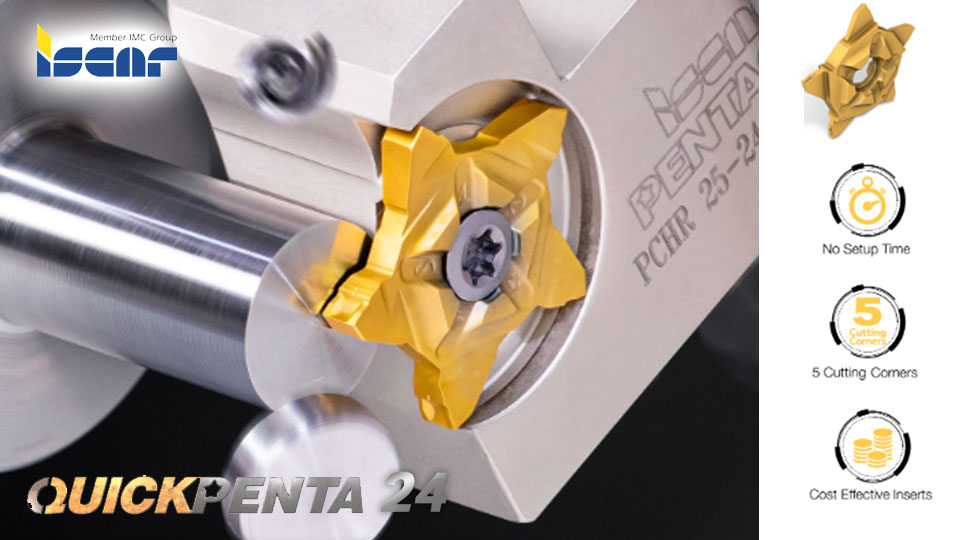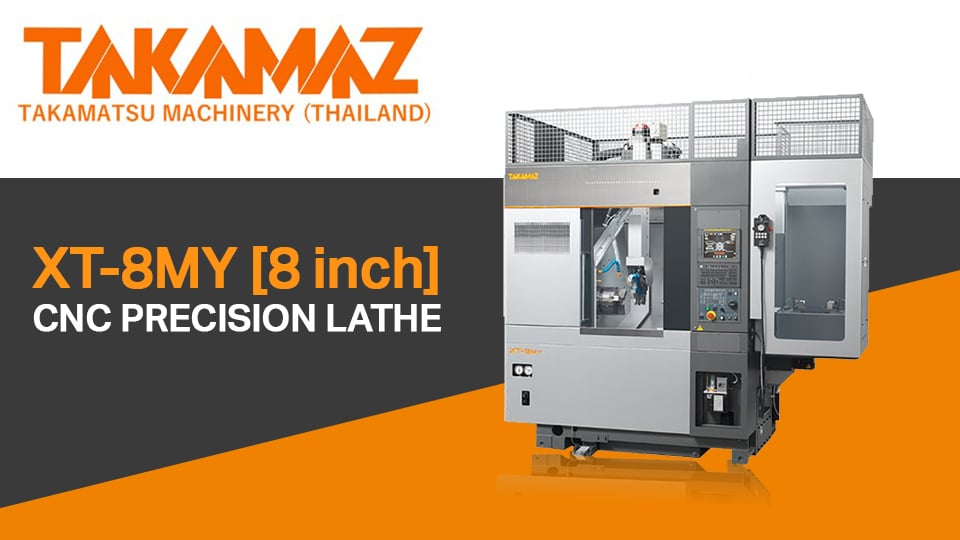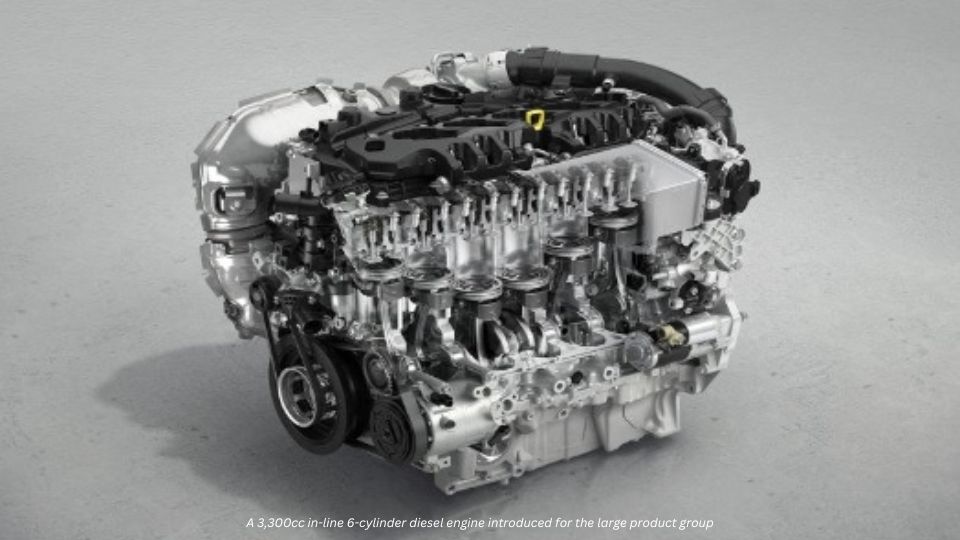
New Mazda CX-5 Hybrid to be unveiled in 2025, addressing the EV era.
Mazda is developing a new hybrid engine for its larger SUV, the CX-5, with plans to introduce it in 2025. This move is part of a strategy to maintain its current engine development and production structure as it transitions to electric vehicles, in line with tightening environmental regulations.
| Advertisement | |
Hiroshima, September 5, 2024 – Mazda is developing a new engine for hybrid vehicles (HVs). The company plans to put the unique hybrid system into practical use as early as 2025, with an eye on installing it in the next model of its flagship sports utility vehicle (SUV) the CX 5. On the other hand, the number of reciprocating engine types will be limited to around four to ensure sufficient production capacity for each model. By developing models that utilize electric devices and consolidating current models, the company will maintain its development and production structure for internal combustion engines during the transition period to electrification, when various environment regulations will become increasingly strict.
Mazda has previously sought to improve the thermal efficiency of the internal combustion engine alone. The company’s unique hybrid system makes full use of regenerative energy. The new engine for HVs aims to improve energy efficiency and reduce exhaust gas emissions as a whole system more rationally by using electric devices to compensate for the weaknesses of internal combustion engines in improving cold start-ups and acceleration. The goal is to create an engine that “represents Mazda’s answer to the question of how to use motors an electric devices as auxiliary devices,” said Ichiro Hirose, chief technology officer (CTO)
On the other hand, as environmental regulations in each country and region become stronger and it becomes necessary to comply with each of them, a review the system is essential to continue the development and production of internal combustion engines. The company expects to focus on four core engine types; diesel and gasoline derived from inline six-cylinder engines developed for the “large product group” of high-end mid-to large-sized SUVs, engines for plug-in hybrid vehicles (PHVs) that combine them with electric devices, and newly developed engines for HVs
By narrowing down the number of models, engine development and control compliance can be achieved with limited personnel. The company also plans to ensure the business continuity of its parts suppliers by securing production capacity per model. In order to continue using internal combustion engines during the transition to electrification, the company will do its utmost to execute production plants, based on the understanding and cooperation of its suppliers.
Other automakers are also developing engines that utilize electric devices. Toyota Motor Corp. is currently developing 1,500cc and 2,000cc four-cylinder engines. Compared to conventional engines, the volume is reduced by 10 – 20% while improving fuel efficiency and power output. Subaru is also developing the “Next generation e-Boxer” power unit which combines a horizontally opposed engine with the Toyota Hybrid System (THS)
#Mazda #CX5 #HybridVehicles #ElectricVehicles #Mreport #ข่าวอุตสาหกรรม
Source: Nikkan Kogyo Shimbun



